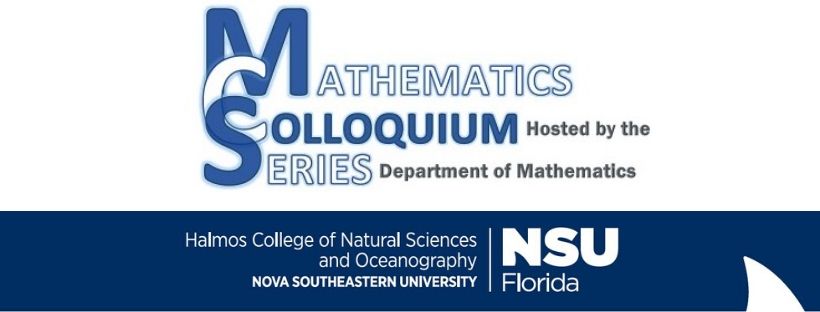America’s Idol? How the Contestant Most Voted for Doesn’t Always Win
Description
The reality television show American Idol is a hit among audiences, with each weekly episode drawing millions of viewers. Its popularity stems in part because of viewer participation. Viewers are given an opportunity to “vote” for their favorite singers each season, eventually crowning a new idol. However, there are some biases in the show’s format, which display themselves in data charts and curves of contestants’ telephone voting patterns.
In this lecture, Gershman will examine bias such as issues of geography and performance order. The data used is intriguing because it comes from an extremely biased sample but leads to an unbiased population estimate. Overall, this is a fascinating-and somewhat counterintuitive-problem in applied probability and queuing theory.
Date of Event
November 4, 2009 12 - 1:00 PM
Location
Mailman-Hollywood Building, Room 310, 3301 College Ave., Fort Lauderdale (main campus)
NSU News Release Link
http://nsunews.nova.edu/americas-idol-how-the-contestant-most-voted-for-doesnt-always-win/
America’s Idol? How the Contestant Most Voted for Doesn’t Always Win
Mailman-Hollywood Building, Room 310, 3301 College Ave., Fort Lauderdale (main campus)
The reality television show American Idol is a hit among audiences, with each weekly episode drawing millions of viewers. Its popularity stems in part because of viewer participation. Viewers are given an opportunity to “vote” for their favorite singers each season, eventually crowning a new idol. However, there are some biases in the show’s format, which display themselves in data charts and curves of contestants’ telephone voting patterns.
In this lecture, Gershman will examine bias such as issues of geography and performance order. The data used is intriguing because it comes from an extremely biased sample but leads to an unbiased population estimate. Overall, this is a fascinating-and somewhat counterintuitive-problem in applied probability and queuing theory.
https://nsuworks.nova.edu/mathematics_colloquium/ay_2009-2010/events/6



Presenter Bio
Jason Gershman has a Ph.D. and is an Assistant Professor/Coordinator of Mathematics at Nova Southeastern University